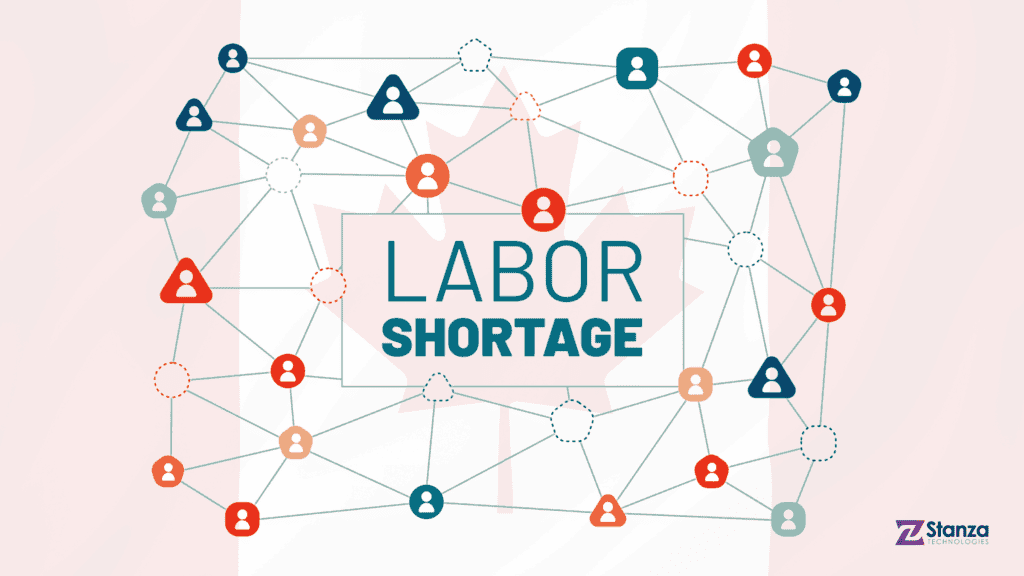Canada’s construction industry is at a crossroads, facing a daunting labor shortage that threatens to disrupt construction projects and hinder the nation’s housing goals. This challenge is particularly pronounced in provinces like British Columbia and Ontario, where the retirement of experienced builders is rapidly approaching, leaving a considerable void in the skilled labor force.
In British Columbia, an estimated 38,000 veteran builders are set to retire by 2032. While this might appear as an opportunity for new entrants to the industry, local recruitment efforts need to catch up in terms of providing the required number of new workers to fill this impending gap in skilled labor resources. This directly endangers construction projects across the province.
Ontario is facing a similar predicament, with over 80,000 individuals expected to exit the construction industry by 2032. This presents a formidable challenge, especially for a province striving to construct 1.5 million new homes by 2031. Achieving this ambitious target will necessitate a significantly larger workforce than retiring builders can provide.
The repercussions of this labor shortage reach far beyond project delays. Such delays can increase project costs, stifle economic growth, and reduce housing availability. Ultimately, the quality of life for Canadians hangs in the balance, making it imperative to address the labor shortage urgently.
To tackle the issue of labor shortage, several strategies can be considered:
1. Investing in Training Programs: Governments, industry associations, and construction companies must collaborate to establish comprehensive training programs. These initiatives can equip young individuals with various skills and much-needed knowledge to create a career in construction.
2. Promoting Apprenticeships: Encouraging apprenticeship programs can attract more young people to the construction sector. These programs will facilitate on-hand training, not only from the classroom setting but also from job sites, allowing individuals to earn while they learn
3. Immigrant Workers: Canada can explore the option of welcoming skilled immigrant workers. This approach could help bridge the gap left by retiring builders and bring diversity to the construction industry.
4. Global Sourcing: Considering global talent sourcing can be another valuable strategy. Seeking skilled labor from around the world can supplement the local workforce and mitigate shortages.
5. Technology Adoption: Embracing innovative construction technologies can improve productivity and reduce dependence on a large workforce.

Canada’s construction labor crunch, as evidenced by the impending retirement of veteran builders in provinces like British Columbia and Ontario, is a pressing challenge that requires immediate attention. By implementing a combination of strategies, including investing in training programs, promoting apprenticeships, considering immigrant workers, embracing global sourcing, and adopting technology, Canada can fortify its construction industry and continue to progress toward its housing and infrastructure goals.










